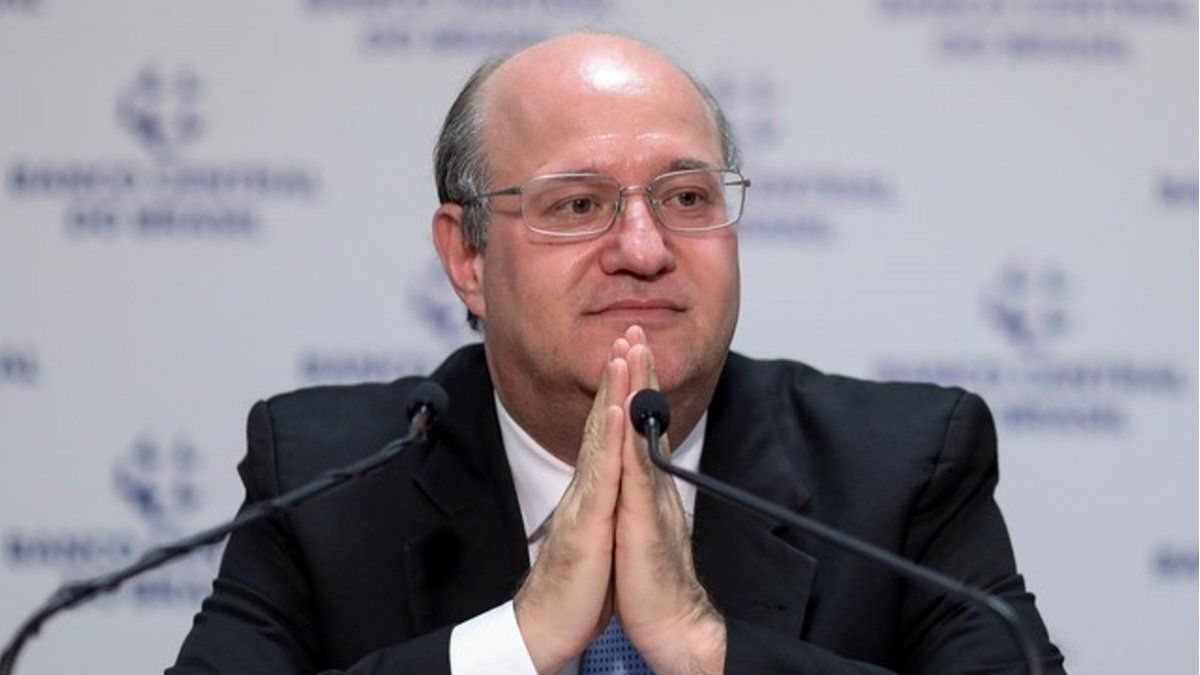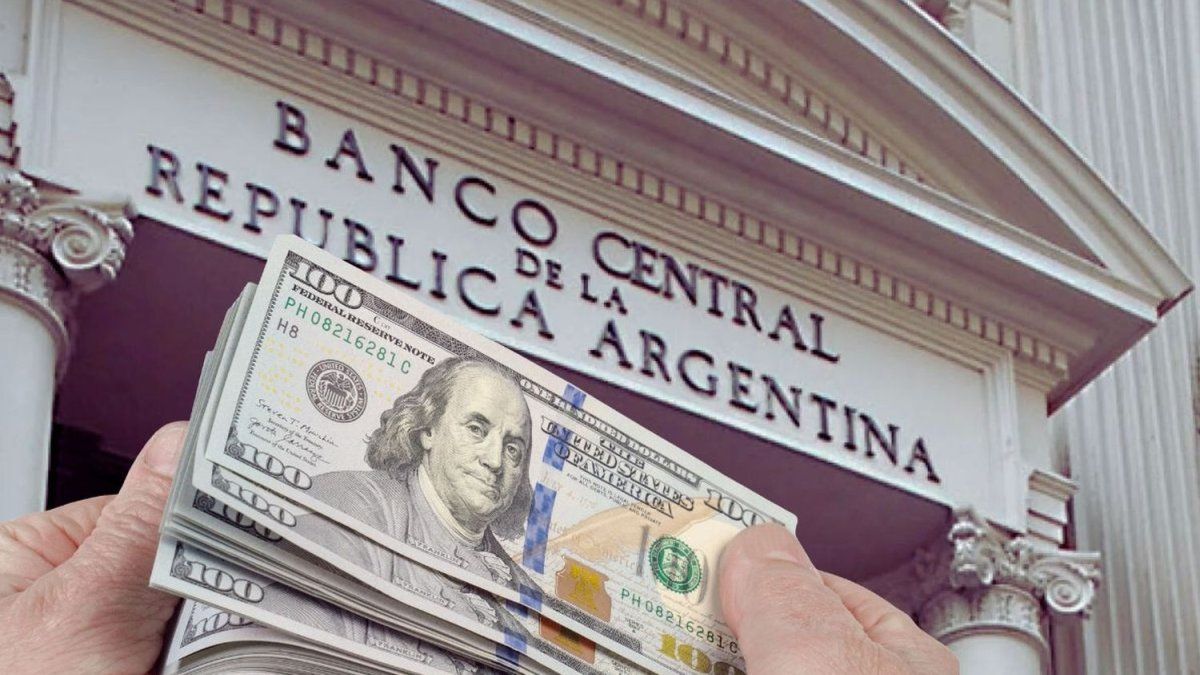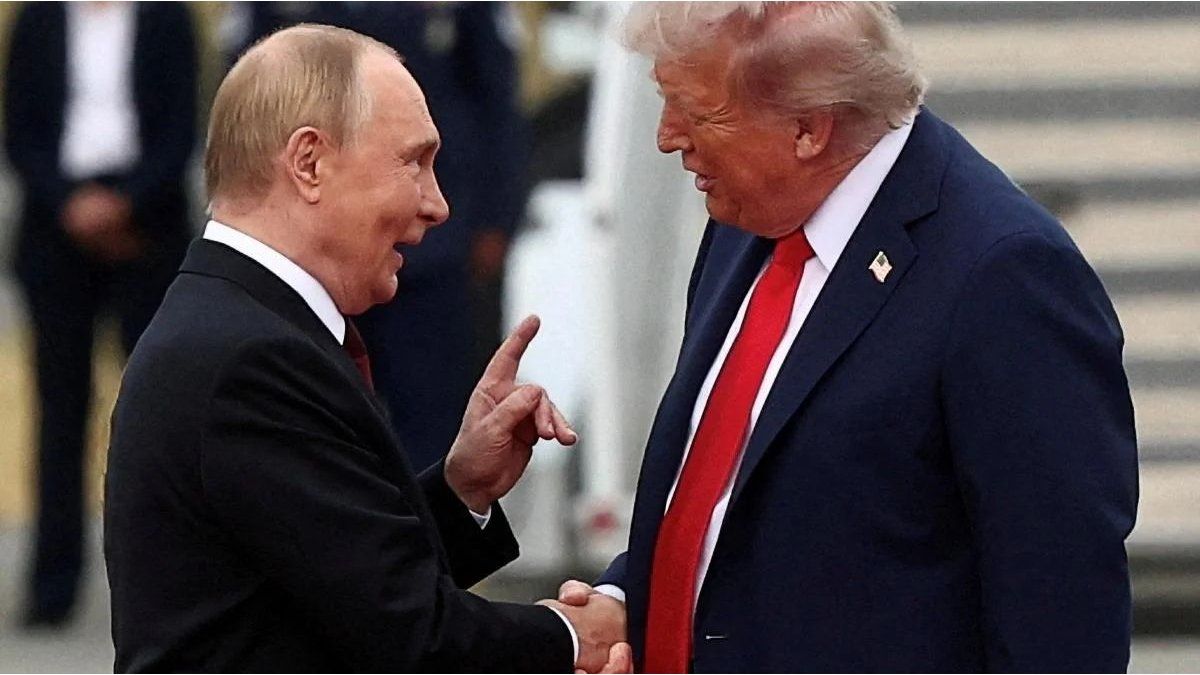It is discounted that there will be no problems for its approvalNor is the Brazilian expected to put negative concerns. In short, the former managing director for the Western Hemisphere of the International Monetary Fund (IMF) came to his new position with the support of Argentina, which even quickly removed the candidacy of Cecilia Todesca Bocco to clear Goldfajn’s path to leadership. of the IDB. The former president of the Central Bank of Brazil also knows that the one who commanded the strategy from Buenos Aires was Massa. For all this, The most certain thing is that the country will have the US$500 million by the end of the year or the beginning of 2023.
For the line to be extended to the US$1.2 billion that was negotiated between Massa and Claver-Carone, Argentina has to fulfill an unwritten promise: use the money that the IDB transferred for active policy purposes; fundamentally finance industrial imports for items and sectors with export potential and that today have restrictions to access foreign currency. The idea is that the money that comes out of the Central serves so that activities such as energy, oil, automotive, chemicals, food and beverages, agriculture and a handful of others, do not feel the shortage of foreign currency and can sustain their rate of production and sales to the Exterior. And so, according to basic calculations, repay the dollars that come out with dollars that are settled for exports.
This currency bottleneck problem was what Massa explained to Claver-Carone in the conferences at the beginning of September where there was reconciliation between Argentina and the IDB, and mutual explanations regarding the foreign exchange problems that the country had to be able to supply its productive structure. Since there were no bank lines set up for this purpose, the American of Cuban origin and the Tigrense devised the alternative of a source of financing without specific specification and of “Free Availability”; but under the condition that those dollars are not used for exchange policy. In other words, that currencies are not spent wanting to sustain the official exchange rate in the face of a possible run, and that they end up liquefying dollars out of the system in one of the usual historical battles between officials and the market. One of those that always end up being lost from the eventual officialism. Massa promised that this would not happen and that the money would go directly to finance imports. From the Palace of the Treasury it was even guaranteed that the information on the movements of the money would be constant, and that the IDB would be fully aware of the destination of the US$700 million transferred.
Obviously there is a reality. Money is fungible, and no one can guarantee that precisely the IDB dollars are used to supply dollars to industries in need. However, for the international financial entity, just showing equivalent transfers is enough. The novelty of the case is that these amounts transferred in October was the first time in the history of the relationship between Argentina and the IDB in which the funds do not have a specific and measurable destination, rather, they are intended for a government to carry out economic, exchange and commercial policies. As the bank itself explained, “it will contribute to strengthening public finances, it will assist efforts aimed at price stability, and it will support the strengthening of the balance of payments.”
Source: Ambito
David William is a talented author who has made a name for himself in the world of writing. He is a professional author who writes on a wide range of topics, from general interest to opinion news. David is currently working as a writer at 24 hours worlds where he brings his unique perspective and in-depth research to his articles, making them both informative and engaging.




